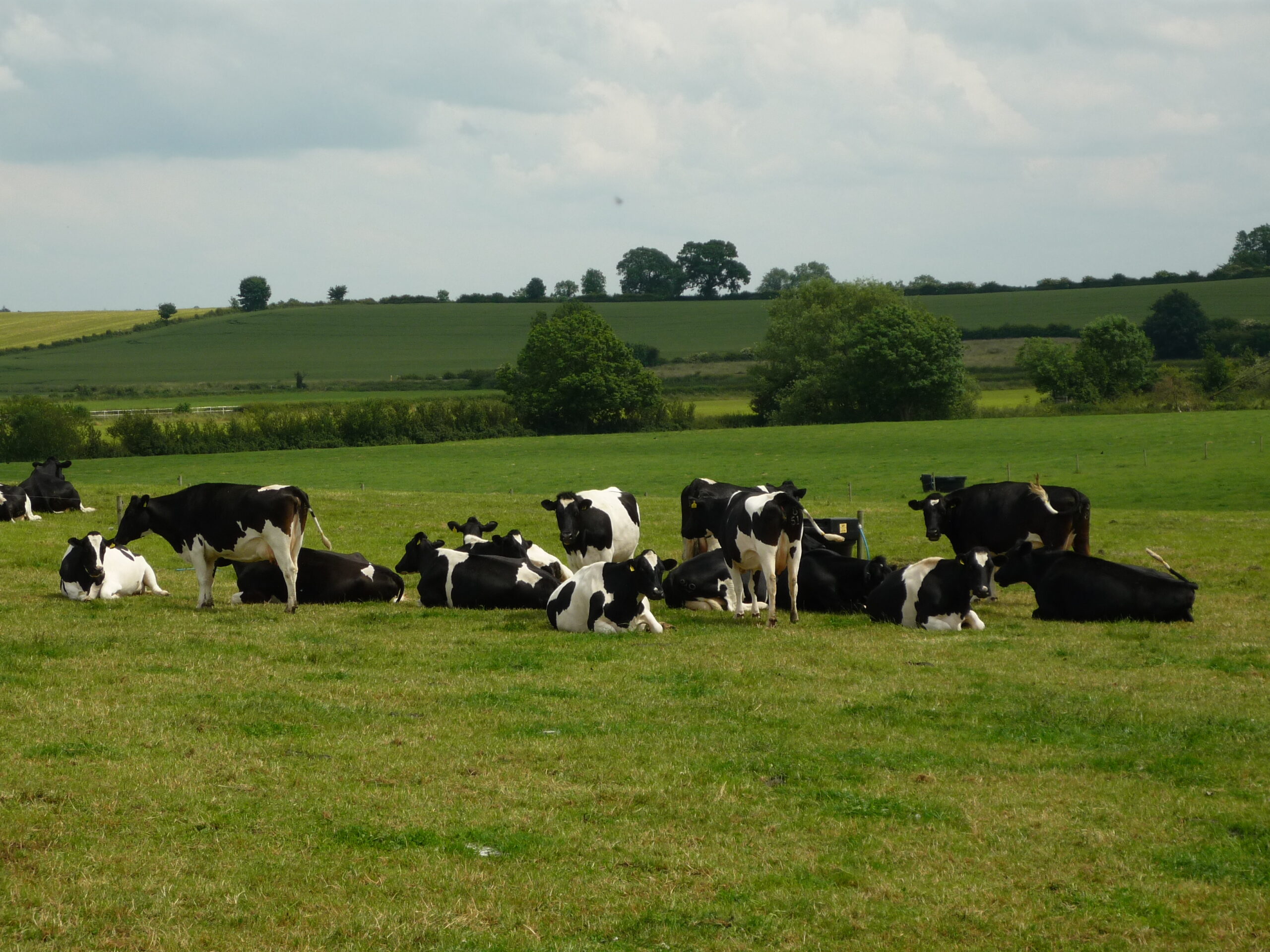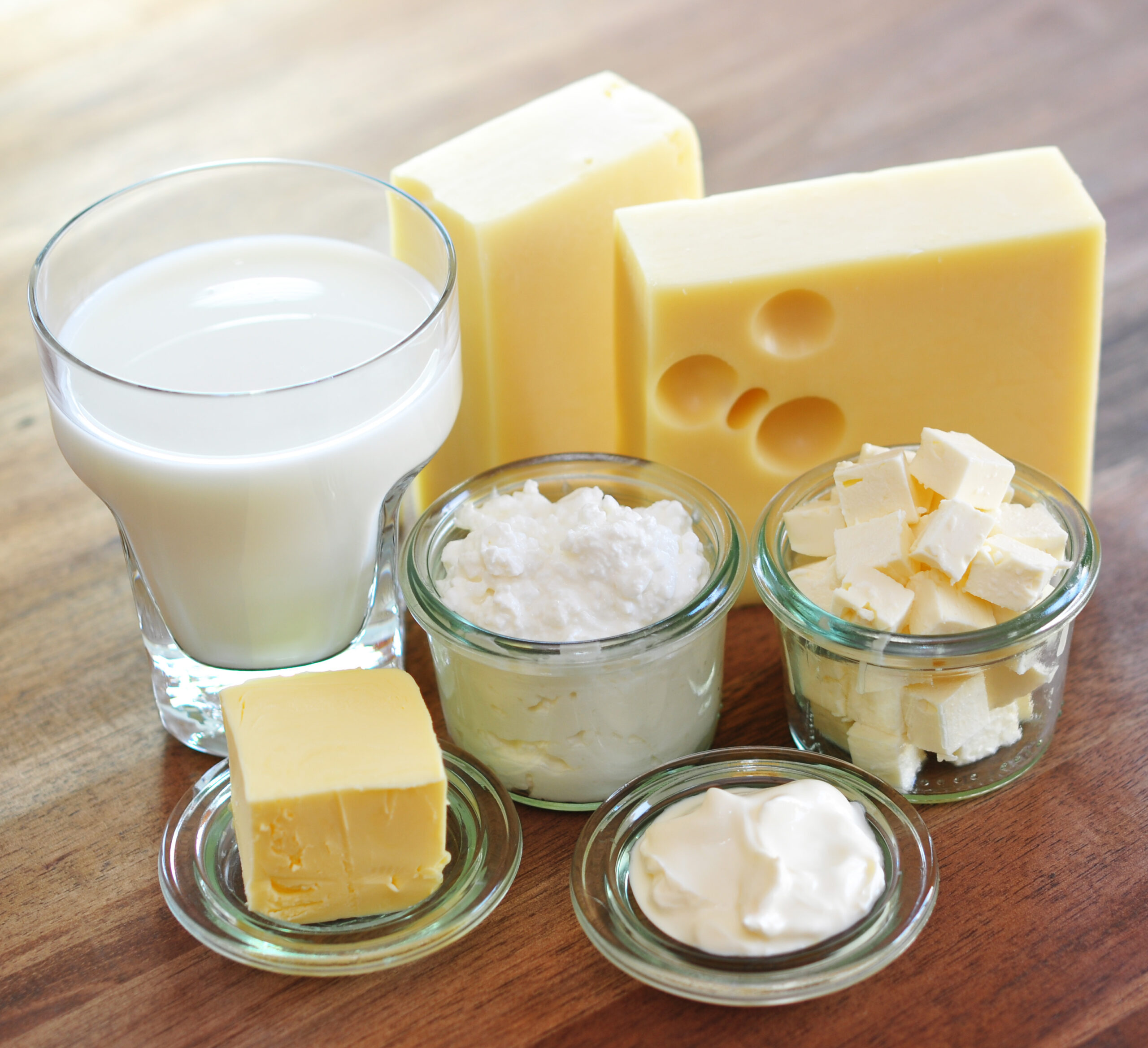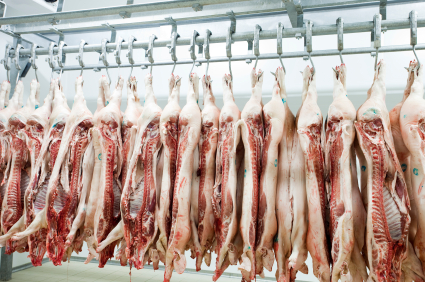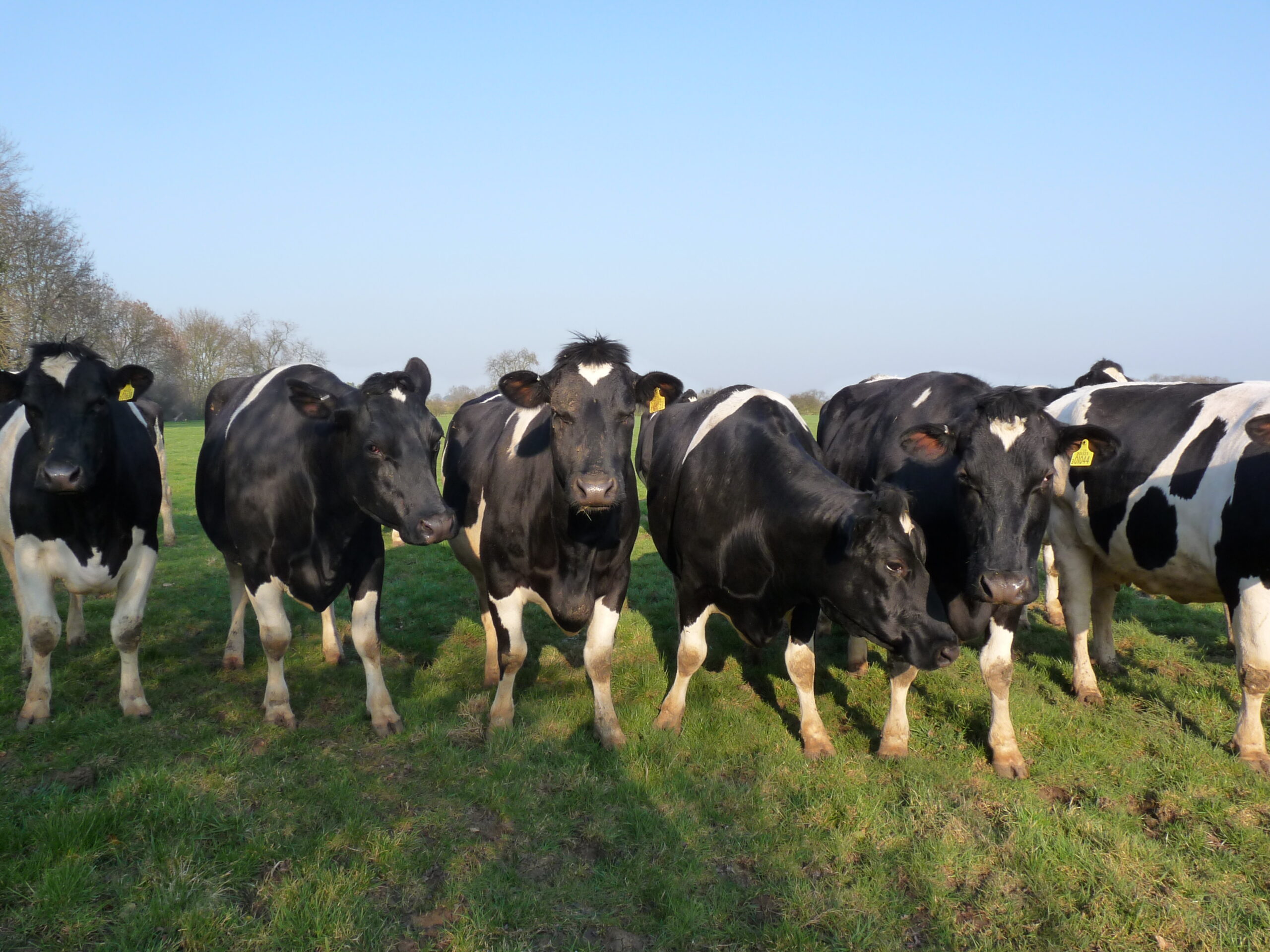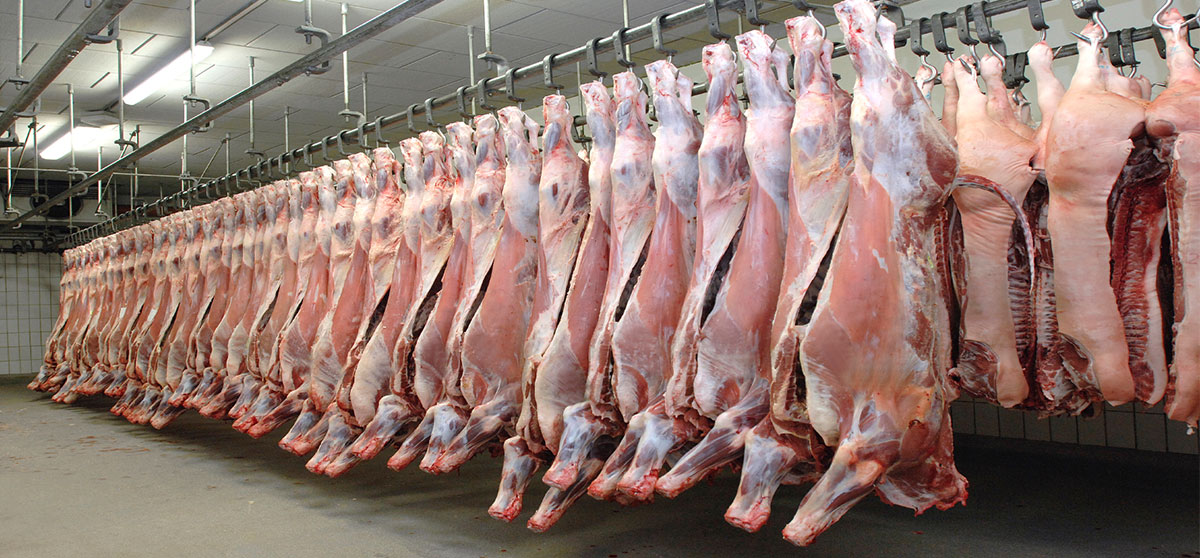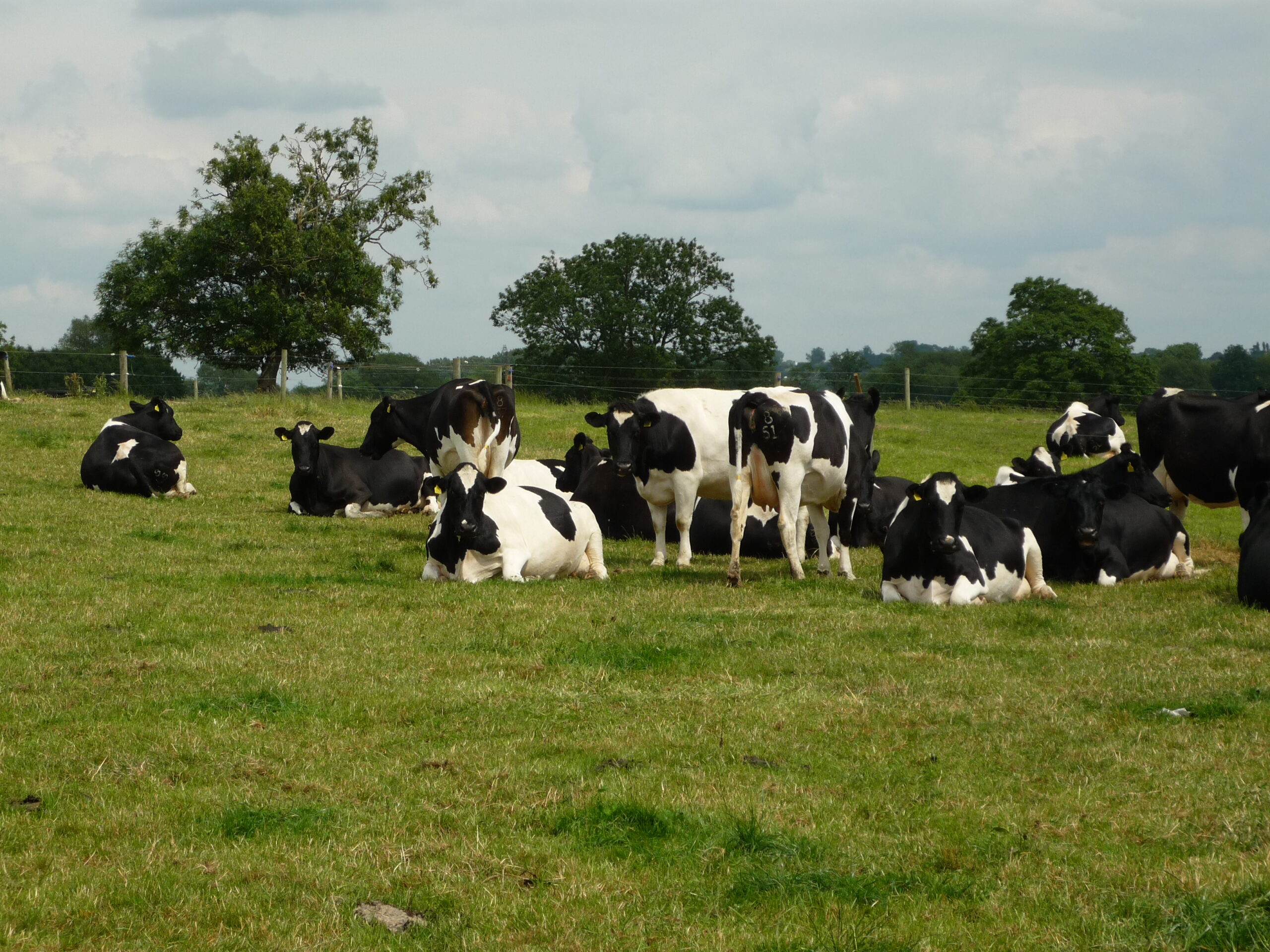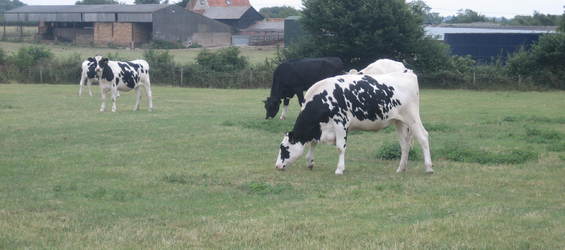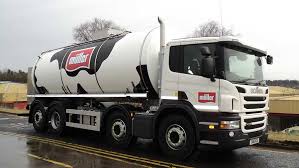Producer Numbers
The number of dairy businesses in England and Wales exiting the industry has seen an increase over the last few months. According to the latest figures released by the Foods Standards Agency (FSA), 33 producers have quit the industry in January, resulting in 1.9% fewer left in the sector across England and Wales compared to January 2018. In total, 116 producers have left the industry over the last 3 months. The rate of exit had been steadily declining since the middle of 2016 following the long spell of poor prices, but this has seen a reversal since October 2018 and the rate of decline is again accelerating. Current tight margins due to the weather during 2018 and uncertainty over Brexit have been highlighted as possible reasons for the recent acceleration.
Production Forecasts
Globally, the AHDB Dairy is forecasting milk production to increase by 1% (2.8 billion litres) in 2019, slightly less than the 1.2% seen in 2018. The US and EU are only expected to increase production by 1% and 0.9% respectively. The drought in the EU in 2018 is forecast to continue to have a knock effect into 2019 with pressure on margins in the US set to continue. Furthermore in Australia, production is expected to continue to decline, as high feed costs and low farmgate prices have led producers to cull cattle.
The big uncertainty surrounds New Zealand and Argentina, as the forecast for these are the most weather-dependent. Argentina experienced strong growth in 2018 even under challenging economic conditions, but positive forecasts for 2019 rely on the weather conditions being favourable this year and the availability of forage remaining good. The AHDB’s forecast for production in New Zealand is pretty modest at 0.5%, but 2018 saw exceptional weather conditions for milk production in the province, with peak production in October reaching a new record. These ‘perfect’ weather conditions are unlikely to be repeated in 2019 and therefore production is unlikely to be as good.
Dairy Markets
With global dairy demand expected to continue to increase by 1.7% – 2.1% per year, and, as reported above, production forecasts only for a modest 1% increase, it could be expected that global commodity prices would see an increase. But there continues to be a number of factors at play in the dairy market blurring the direction. Domestically, production is expected to decline during the beginning of 2019 as costs continue to rise due to the summer drought increasing forage and feed costs. As uncertainty over Brexit continues and it is likely there will be some exchange rate volatility and companies trying to mitigate risks could start stockpiling and look to source more home-produced product.
As outlined above, global milk production from the key exporting regions is only expected to see a modest rise in 2019, but there is uncertainty over production in NZ and Argentina. SMP prices are forecast to recover as all EU intervention stocks are likely to be sold soon. Butter prices have fallen back from their highs in late 2017 early 2018, but the recovery in SMP prices is likely to help the butter price. Although it is not expected to return to its recent heights, it is likely to remain at historically high levels. Import demand is expected to continue to rise in China. Historically, the growth in imports of dairy products has been closely aligned to its GDP growth, but domestic production is expected to be curtailed and low stocks could see imports increase even though its GDP growth has slowed.
